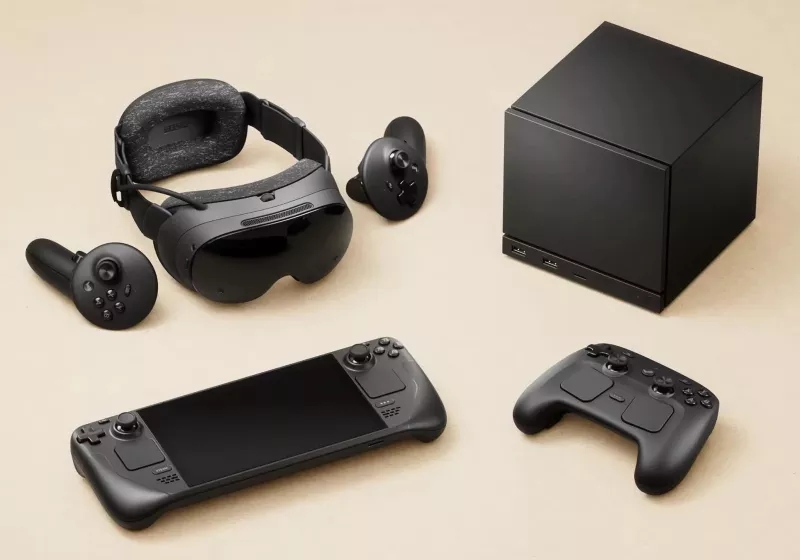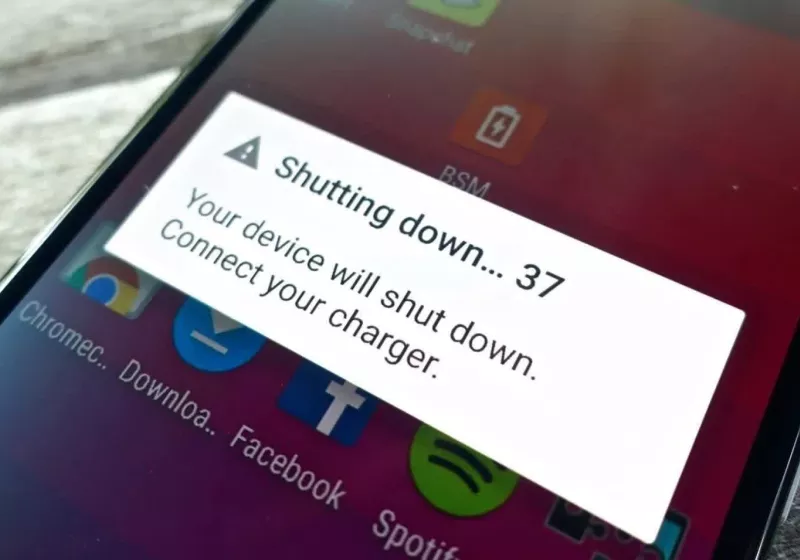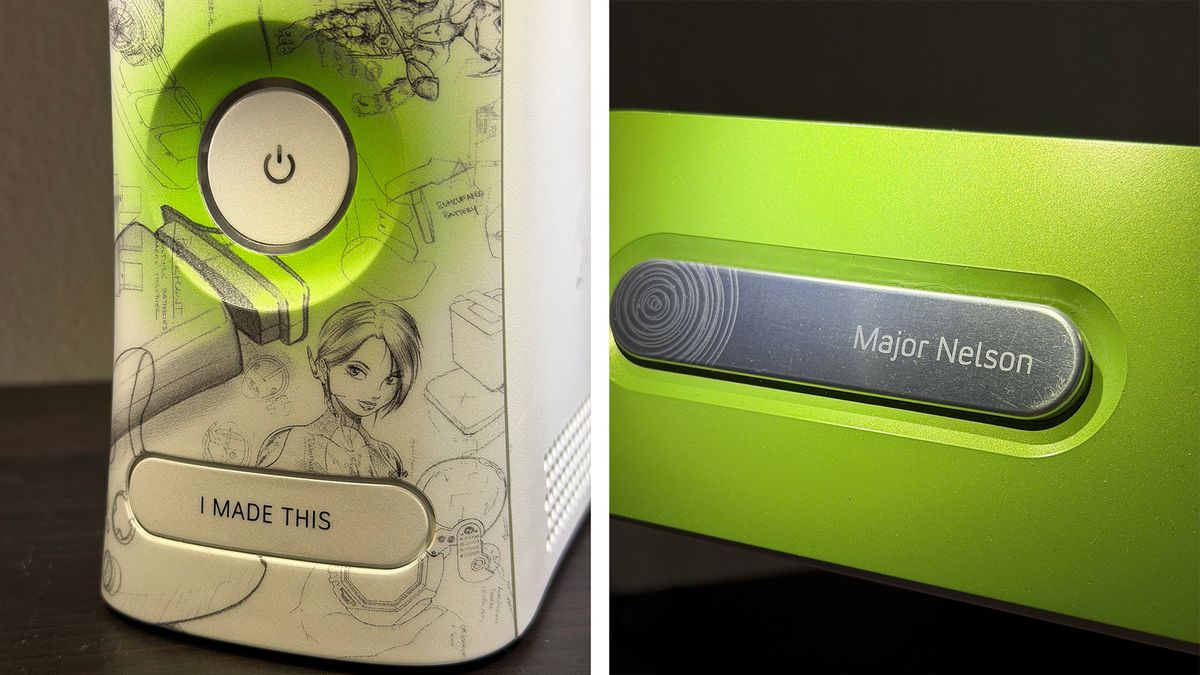The Vision Pro in 2023. Apple Intelligence in 2024. What's coming in 2025? At its last two WWDC events, Apple launched itself into new computing territories, jumping into both AR/VR and generative AI. But with both the Vision Pro and Apple Intelligence having faced slow and heavily criticized starts, the big message at this year's WWDC, happening June 9, doesn't seem very clear at all.
The pressure is on Apple to show interesting progress into future categories, but this year it might instead focus on operating system redesigns and gradual improvements to what the company has already been trying to achieve.
WWDC -- the company's developer conference -- is usually a showcase for Apple's future-forward ideas. It's also where the company discusses its dev tools, as you'd expect. And it's where previews of all the new OS versions are revealed, giving an early look at what's coming to the iPhone, iPad, Mac and other Apple devices.
It's possible Apple will get into new product territories once again with the reveal of a new home device -- a display-enabled HomePod -- but the biggest rumors so far suggest a new cross-OS redesign and renaming that could be Apple's way of deflecting some attention away from not having big new AI features to show off.
Watch this: WWDC 25: Expect Big Changes to iOS, but Not Much on a Smarter Siri
05:17
OS by year: Will it be iOS 26?
Recent reports from Bloomberg's often-correct Mark Gurman say Apple is going to ditch the existing numbered OS convention it's used for years and instead go with another approach to naming: labeling all annual OSes by year number. Instead of iOS 19, we'll have iOS 26. And iPadOS 26, and MacOS 26, and WatchOS 26, TVOS 26, VisionOS 26. Samsung made a similar move in 2020, jumping from the Galaxy S10 in 2019 to the Galaxy S20 in 2020.
Apple's numbering has felt pretty disjointed as the numbers have gone ever-higher across multiple device categories. A yearly number would at least help people know if they're on the current version.
Glass as the new look
The WWDC invites, featuring a hazy transparent ring, hint at a reported redesign of all the company's software to a new "glass" look. Bloomberg's Gurman reported on a large incoming cross-OS design shift, calling it a dramatic redesign and one of the biggest Apple's done in years. The design may mirror the Vision Pro's VisionOS feel, which has lots of frosted glass panes, layers of transparency and circular app icons. Front Page Tech's Jon Prosser showed a preview of the expected design based on information from his sources, and it definitely looks VisionOS-esque.
Beyond a coat of paint, will the OSes start to feel more similar in function too? I'm particularly curious about how iPadOS and MacOS start to close in on each other even more. Apple's iPad has slowly inched toward acting like a computer, with features like Stage Manager for multitasking, and it's felt inevitable that the tablet line would eventually provide a comparable experience to the MacBook.
The Apple Watch already tracks sleep and plenty of health metrics, but it doesn't yet use AI to create detailed insights.
CNETWatchOS should get Apple Intelligence, and the Health app may be part of it
One of the devices that's missed out on Apple Intelligence so far has been the Apple Watch, and that should be changing soon. Apple is expected to put more AI on the next Watch OS, which could help with message summaries, translation and maybe even composing messages. It could also bring overdue health and fitness upgrades. Reports say Apple could be working on adding generative AI insights to its Health app data and even using AI as a medical service, with a launch target of 2026. Health could possibly get a paid subscription tier, similar to Fitness and what many of Apple's current services are adding. This could be like what Google is doing with Wear OS, which has long used Fitbit Premium as a health subscription (a broader Gemini rollout is on the way too).
I like AI coaching and insights on a watch, but I don't like subscriptions. We'll see what happens, and if Apple gets into any of these future plans at this WWDC.
Battery boosts
Another recent report (again, Gurman) says AI will help Apple improve battery life on its devices. How many devices? The iPhone, but hopefully the Apple Watch, too -- these are the products in the lineup that I find I need to charge more than I'd like. For me, at least, iPads and Macs are mostly fine on battery life as is, but I'll never refuse longer battery life for anything.
Apple has made gradual boosts to its battery features over time, but maybe there will be more intelligently applied power modes this time.
The Backbone Pro is one of several game controllers for iOS that already exist. Will Apple make a smoother interface for gaming on its devices?
Lori Grunin/CNETGame news?
Apple may be pushing the importance of games again, just as the Nintendo Switch 2 debuts. Bloomberg reports that the company could release a new app to act as a hub for games and game services including Apple Arcade, becoming an overdue overhaul of Game Center.
A number of game controller accessories, like Backbone, already have app hubs that function as game launchers, but Apple has never done much to help organize games on its devices in a way that feels more like what you find on a console. A new app seems like a good fit for those types of controllers, too.
Apple just acquired its first game studio: RAC7, the developers of hit Apple Arcade game Sneaky Sasquatch.
Apple could also have VR gaming news, if older reports come true: PlayStation VR 2 controllers have been expected to work with Vision Pro headsets, in a push to expand gaming on Apple's VR/AR headset. Maybe that'll be part of a push to get more developers onboard, as Apple could be readying a less expensive version of the Vision Pro in the next year. Right now the headset can't compete with Meta's more affordable Quest headsets in the gaming department.
The Vision Pro still doesn't have onboard AI that recognizes your surroundings via camera, but that could be changing soon.
Numi Prasarn/Viva Tung/CNETAI: Live translation, and maybe Vision camera advancements
Apple opened up camera access to enterprise developers last year, and now it's time for AI tools to emerge for everyone else -- tools that could help describe what you're seeing, or help you remember things too. Apple has already added assistive support for some camera-enabled functions on the Vision Pro and other products, suggesting more to come.
Though Apple's WWDC keynote presentation isn't expected to include many announcements of AI strides, the company still needs to compete with Google, Open AI, Perplexity and many others who are making such strides. Reports say live translation will come to some AirPods models, which would mirror what Google and Meta have been doing on glasses and earbuds and on phones.
The biggest VisionOS move I'd expect to see is some introduction of camera-aware AI. Apple Intelligence debuted on Apple's VR/AR spatial computer headset earlier this year, but none of the AI can take advantage of the system's cameras to "see" what you're seeing. At least not yet. Google's use of Gemini to access the cameras on upcoming headsets and glasses, and Meta's support of camera access for Quest developers (and its expanding AI tools on Ray-Bans), suggest Apple needs to move this way now to begin paving a way for camera-aware AI to work on future headsets and eventually glasses.
A new HomePod-slash-iPad?
There could be a new product emerging at WWDC: a look at a long-expected screen-enabled HomePod that may be part of a bigger push into smarter smart home tech. Reports suggest it'll be something like a HomePod now -- speaker-enabled, with an array of mics -- but with a touchscreen. Would it be a screen big enough to act as a photo frame, or something more like a control panel? Where would this thing live, exactly? And what would it cost? Originally, reports of this device even suggested a robotic arm that would allow the screen to follow your face, but those plans seem to be off the table for now.
Of all the wild-card product ideas Apple could announce at this show, this seems the most likely.
We'll know more soon
WWDC is happening June 9, with the keynote video presentation streaming at 10 a.m. Pacific. We'll be there at Apple Park, too, covering it in person. We'll know more about how all this software could be hinting at new products, and get a check-in on where exactly Apple is with its AI strategies. And maybe we'll get a bit of product news, too -- you never know.









 English (US) ·
English (US) ·